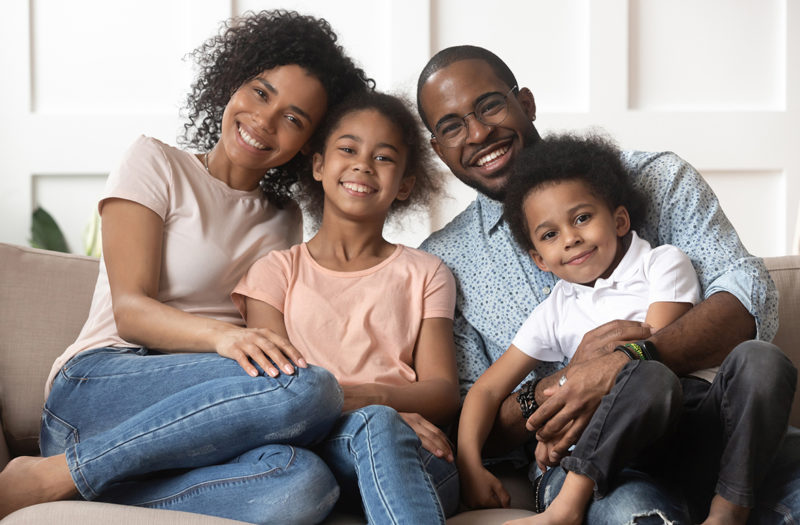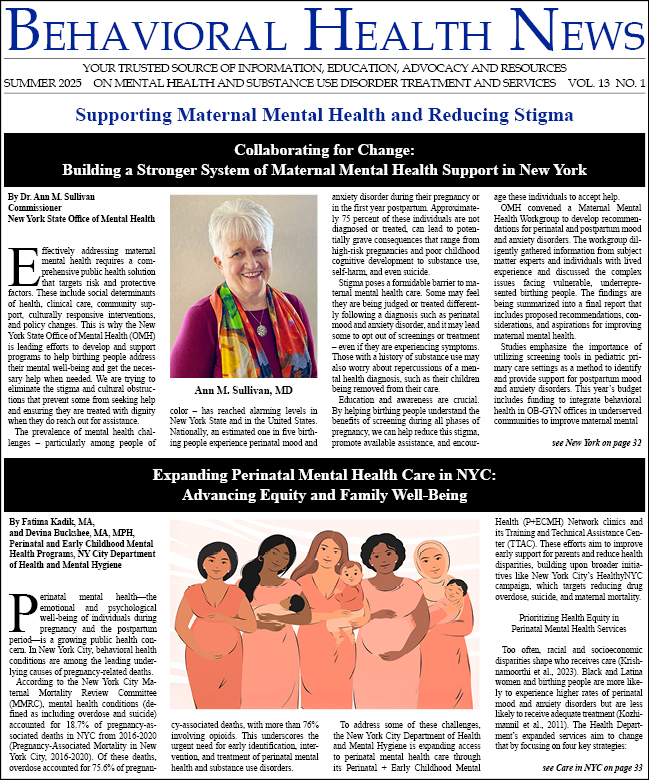In recent years, the conversation around social media and youth mental health has become urgent and deeply personal for many families. Parents are increasingly wary of the role smartphones and social media play in their children’s lives, fueled by the spotlight on growing evidence linking excessive screen time to rising rates of anxiety, depression, and declining attention spans (Twenge et al., 2018). Bestsellers like Jonathan Haidt’s The Anxious Generation, initiatives such as Wait Until 8th for social media adoption, and school districts debating cell phone bans reflect a growing societal reckoning with how digital engagement impacts adolescent well-being. At the same time, social media offers benefits that cannot be ignored—it provides community, educational resources, and mental health support, particularly for marginalized youth (Naslund et al., 2020). Understanding this complex relationship requires a thoughtful approach, balancing risks with opportunities while equipping families with strategies to navigate the digital landscape effectively.

The Risks of Social Media on Youth Mental Health
Experts from the U.S. Surgeon General’s office, the American Psychological Association (APA), and the American Academy of Pediatrics (AAP) have all raised concerns about the potential harm excessive or unregulated social media use can pose to youth. Research increasingly points to negative psychological, developmental, and neurological effects, with certain populations—such as BIPOC and LGBTQIA+ youth—experiencing unique vulnerabilities (Anderson & Jiang, 2018).
Mental Health Challenges
Numerous studies have linked excessive social media use with heightened anxiety and depression among adolescents (Keles et al., 2020). The definition of “excessive” social media use varies across studies, but it is generally characterized by the volume of daily screen time (often exceeding 3–4 hours). However, other definitions focus on behavioral patterns, such as difficulty controlling use, compulsive, or problematic use that interferes with daily life (e.g., neglecting responsibilities or experiencing distress when unable to access social media).
The mechanisms behind these associations include disrupted sleep, increased social comparison, and exposure to cyberbullying (Orben et al., 2019). Adolescents who spend more than three hours per day on social media are at a significantly higher risk for mental health issues compared to their peers who engage less frequently (Abi-Jaoude et al., 2020).
Sleep Disruption
Adolescents who use social media before bedtime often experience sleep disturbances, as the blue light emitted from screens interferes with melatonin production, delaying sleep onset and reducing overall sleep quality (Leone & Sigman, 2020). This, in turn, can contribute to emotional dysregulation, increased stress, and poor academic performance (Carter et al., 2016).
Body Image and Self-Esteem
The culture of curated perfection on social media fosters unhealthy social comparisons, particularly among teenage girls (Fardouly et al., 2018). Platforms like Instagram, which emphasize visual content, have been linked to increased body dissatisfaction and disordered eating behaviors (Holland & Tiggemann, 2016). The pressure of achieving perfection displayed via filtered and edited depictions of unrealistic beauty standards can be especially harmful to adolescents who may already be struggling with self-esteem.
Cyberbullying and Online Harassment
While social media often connects young people, it may also expose them to cyberbullying, which has been associated with increased rates of depression, anxiety, and even suicidal ideation (Kowalski et al., 2018). BIPOC and LGBTQIA+ youth are disproportionately affected, facing higher rates of online harassment that exacerbate existing mental health disparities (Craig et al., 2021).
Addictive Behaviors
Social media platforms are ultimately designed to maximize engagement through algorithms that exploit dopamine-driven reward mechanisms, making them particularly addictive for young users (Alter, 2017). Excessive screen time has been linked to difficulties with impulse control, attentional issues, and increased stress levels (Twenge & Campbell, 2019).
The Benefits of Social Media for Youth Mental Health
Despite these concerns, social media is not inherently harmful. When used intentionally and in moderation, it can serve as a powerful tool for social connection, education, and self-expression.
Community and Social Support
For marginalized youth, social media can be a lifeline. LGBTQIA+ adolescents, for example, often find support and affirmation in online communities that may not be available in their immediate environment (Craig et al., 2021). Similarly, BIPOC youth engage with digital platforms to share experiences, access culturally relevant mental health resources, and build networks of support (Anderson & Jiang, 2018).
Access to Educational and Mental Health Resources
Many adolescents turn to social media to seek information on mental health, coping strategies, and academic resources (Naslund et al., 2020). Platforms like YouTube, TikTok, and Instagram have become spaces where mental health professionals share accessible, evidence-based guidance, helping to reduce access issues and the stigma around seeking help.
Identity Exploration and Skill Development
Adolescents use social media to explore their identities, express creativity, and develop new skills (Best et al., 2014). Platforms like TikTok and Discord allow youth to engage in hobbies, learn from peers, and build confidence in their abilities. When supported by healthy digital habits, these experiences contribute positively to personal growth.
Family Approaches to Navigating Social Media Use
Social media offers both opportunities and risks for youth, but one undeniable truth remains: it was designed to be addictive. Platforms leverage psychological and behavioral mechanisms to maximize engagement, often keeping users scrolling far longer than intended. While social media can foster connection and creativity, it also exposes children to harmful content, privacy risks, and unhealthy online interactions. The key takeaway is clear—content and limits matter. Families must take an active role in setting boundaries, encouraging mindful usage, and fostering open conversations about digital well-being. By understanding the intentional design of these platforms and equipping children with the tools to navigate them responsibly, we can help them harness the benefits of social media while mitigating its harms. The American Academy of Pediatrics (AAP) emphasizes the importance of proactive, engaged parenting when it comes to media use, advocating for evidence-based strategies such as setting screen time limits, modeling healthy digital habits, and maintaining open communication to support children in making safe and informed choices online (Chassiakos et al., 2016).
- Establishing Boundaries and Guidelines
- Create a Family Media Plan to set clear expectations about screen time, online behavior, and digital etiquette (AAP, 2016).
- Encourage tech-free zones, particularly during meals and before bedtime, to support in-person connection and healthy sleep habits.
- Encouraging Open Conversations and Digital Literacy
- Talk with children about the emotional impact of social media, helping them recognize harmful content and develop critical thinking skills.
- Model healthy online behavior, demonstrating balanced social media use and respectful digital interactions.
- Promoting Offline Activities and Meaningful Engagement
- Encourage participation in sports, arts, and community activities as alternative sources of fulfillment and social interaction.
- Use positive reinforcement to reward time spent engaging in offline interests rather than focusing solely on screen-time restrictions.
Social media presents both challenges and opportunities for today’s youth and their caregivers. While excessive or unregulated use can negatively impact mental health, digital platforms also offer meaningful opportunities for connection, support, and learning. The goal isn’t to vilify social media but to empower adolescents to use it thoughtfully and responsibly. By setting healthy boundaries, encouraging open conversations, and modeling a balanced approach to technology, families can help young people develop a positive relationship with the digital world—and along the way, we adults might just learn a thing or two about our own screen habits as well.
Elizabeth Callahan, MA, BCBA, is a Board-Certified Behavior Analyst at Behavior Therapy Associates.







